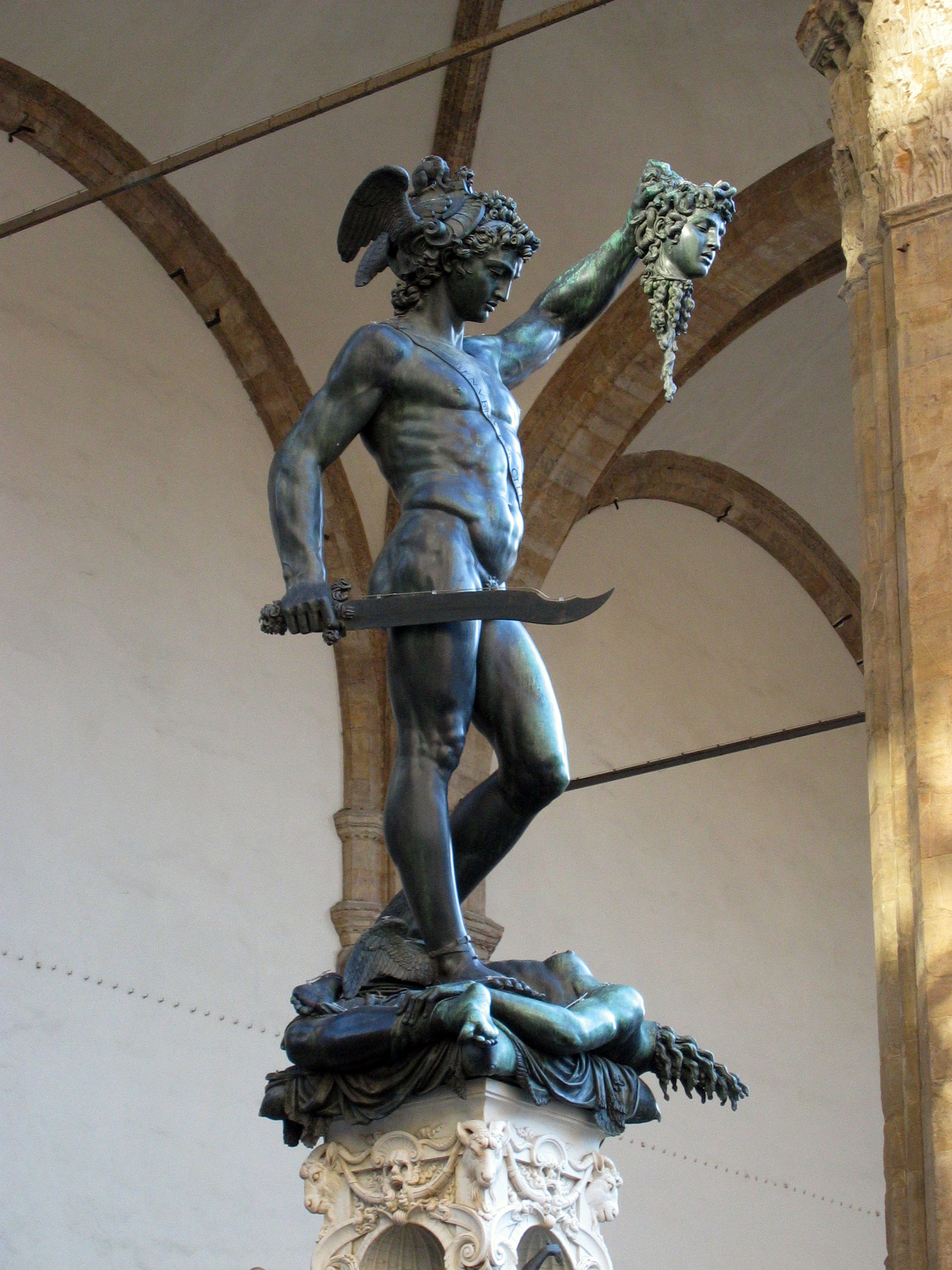The tale of Perseus is a archetypal adventure with a little bit of romance and tragedy to spice up the story. Perseus must embark on a long quest to prove his worth to his fellow men, receiving gifts and aid along the way, slaying monsters, and ultimately achieving his goals. It is a long journey and Perseus has many tasks to complete and fulfil before he can even find the monsters, let alone slay them. This rather reminds me of the Alex Rider series by Anthony Horowitz. The series is about a teenage spy who receives gadgets and gizmos to perform missions for London's MI6 spy agency, much like how Perseus received his sword, shield, wallet and winged sandals from Hermes and Athena. Similarly, Alex Rider had to do his own research and reconnaissance in the field for a while before he managed to uncover the sinister plot that is about to befall the entirety of England, while Perseus had to go to different places, find different people, and gather the resources and information in order to find and slay Medusa. Another archetype prevalent in the story is the archetypal monster. The Gorgons are described as scaly, winged and snaky hair, and it is similar to most evil monsters that are described in books. For example, this reminds me of the basilisk or Voldemort's snake from the Harry Potter series by JK Rowling. The monsters in question are described using adjectives that mean monstrous, ugly, and horrifying. Finally, there is the archetypal happy ending that comes after the long quest and the hero lives in relative comfort with family, the damsel in distress that he saves, or both. In this case, Perseus ends up living happily ever after with his new wife Andromeda and his mother Danae. Most fairytales have this sort of ending, and there is no end to the list of stories that I could put up here, but one prime example would be the all time classic: Cinderella. In the tale of Perseus, he ends up marrying Andromeda, a maid he rescues from the clutches of a monstrous sea serpent, and lives happily ever after in Greece. In Cinderella, after running away from the banquet and leaving her glass slipper, the prince she dances with vows to marry the woman who's foot fit the glass slipper. There are many different versions of this tale, and I know of one which tells a gruesome account of how Cinderella's two step sisters cut off a big toe and a part of their heel to fit their feet in, but nevertheless, they all end with the same ending: Cinderella marrying the prince and living happily ever after.

A blog is meant to be an amalgamation of opinions and connection, to other sources. I feel as though you have completely utilized the blog and have shown the true archetypal characteristics developed in the story of Perseus. The strongest part of this blog, in my opinion, is the use of relations that veer away from the topic yet at the same time strengthen the core platform you have established. Such as the M16 agent Alex Rider, is taking place in the future, yet the whole story and theme is circumscribed in a nutshell similar to that of Perseus. Good job!
ReplyDeleteP.S: Try to break down the blog into paragraphs...makes it more appealing to read...blocks not nice.